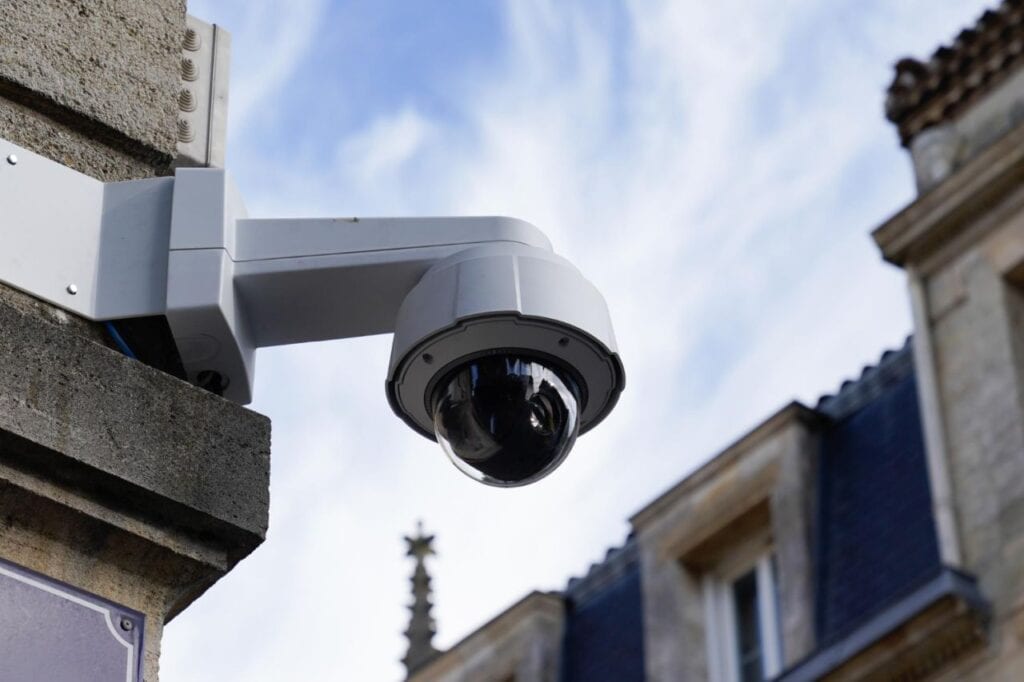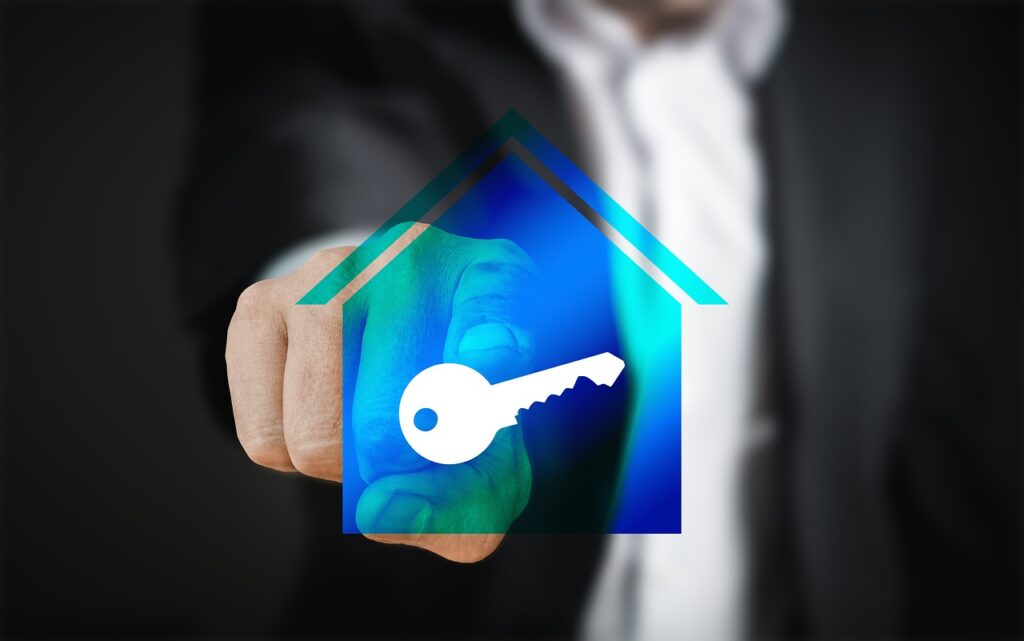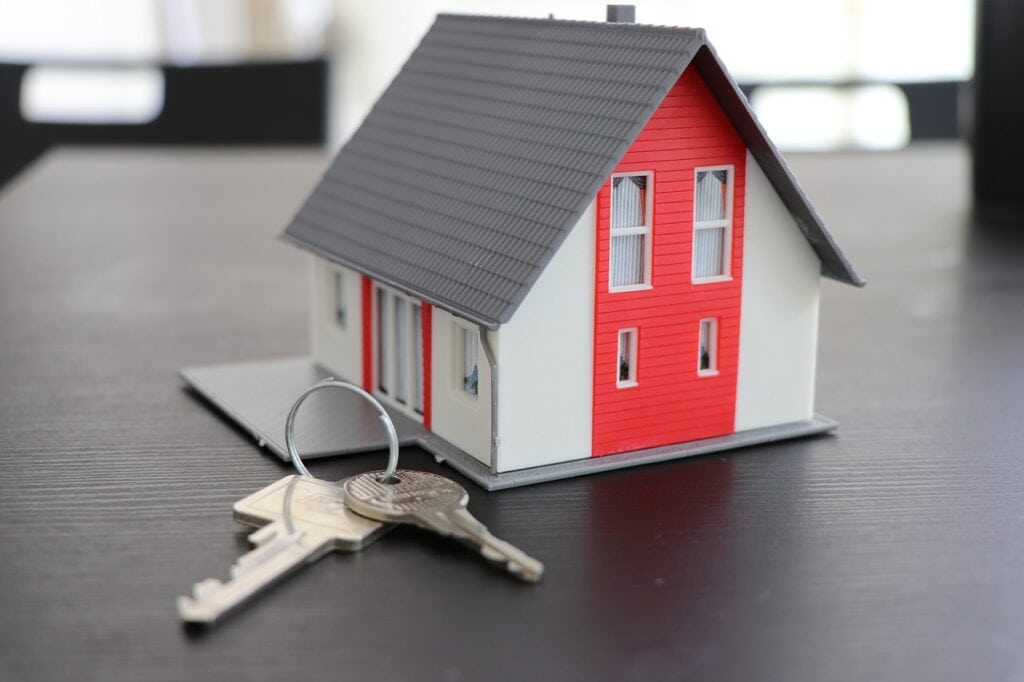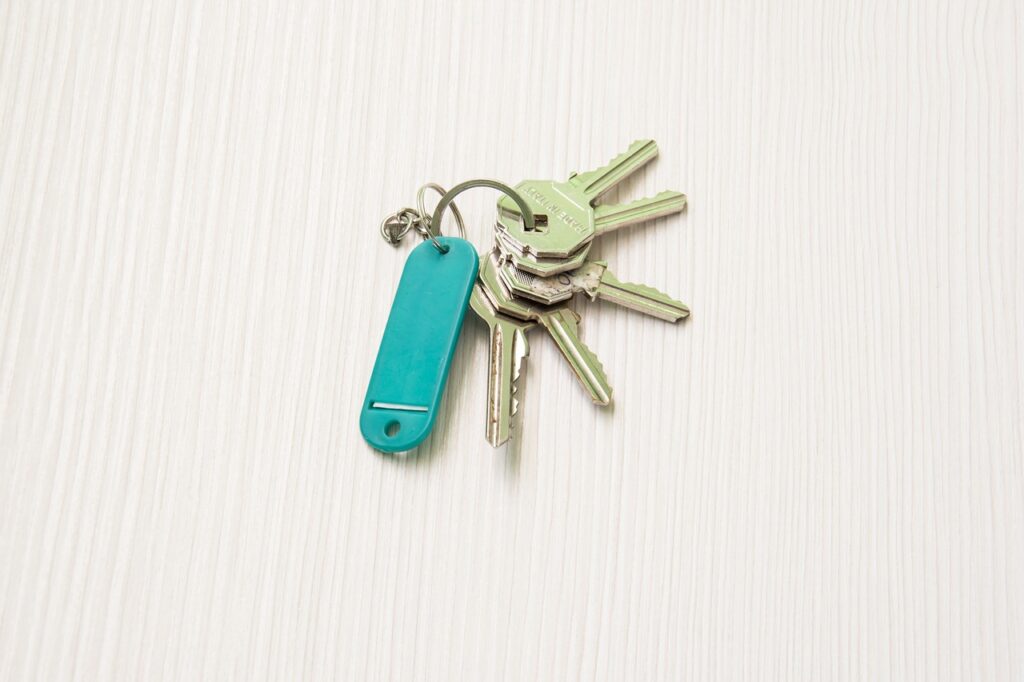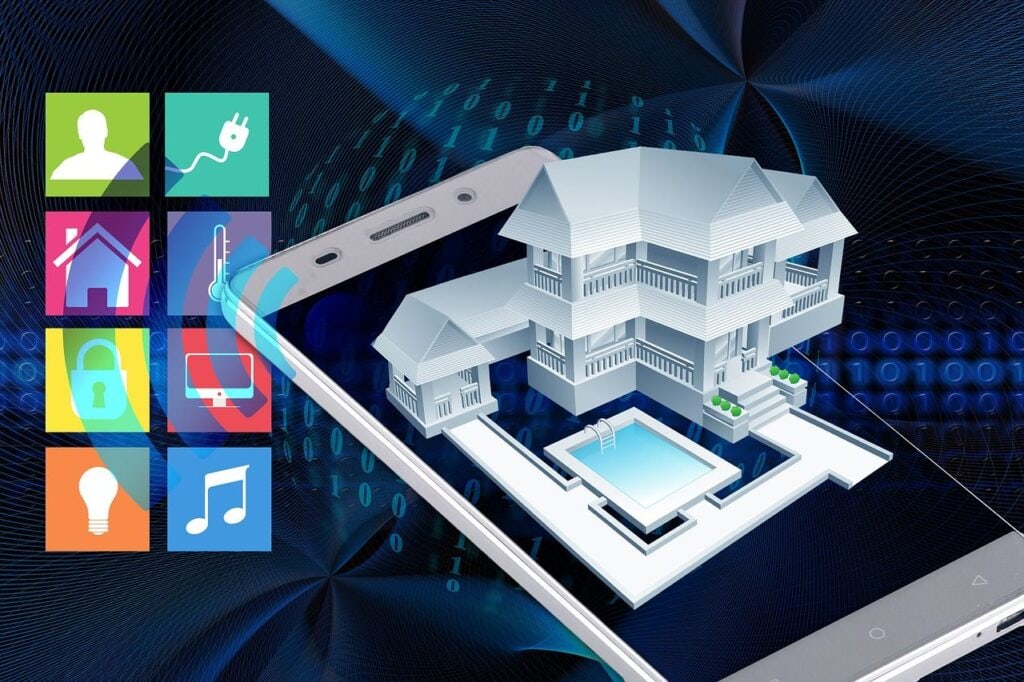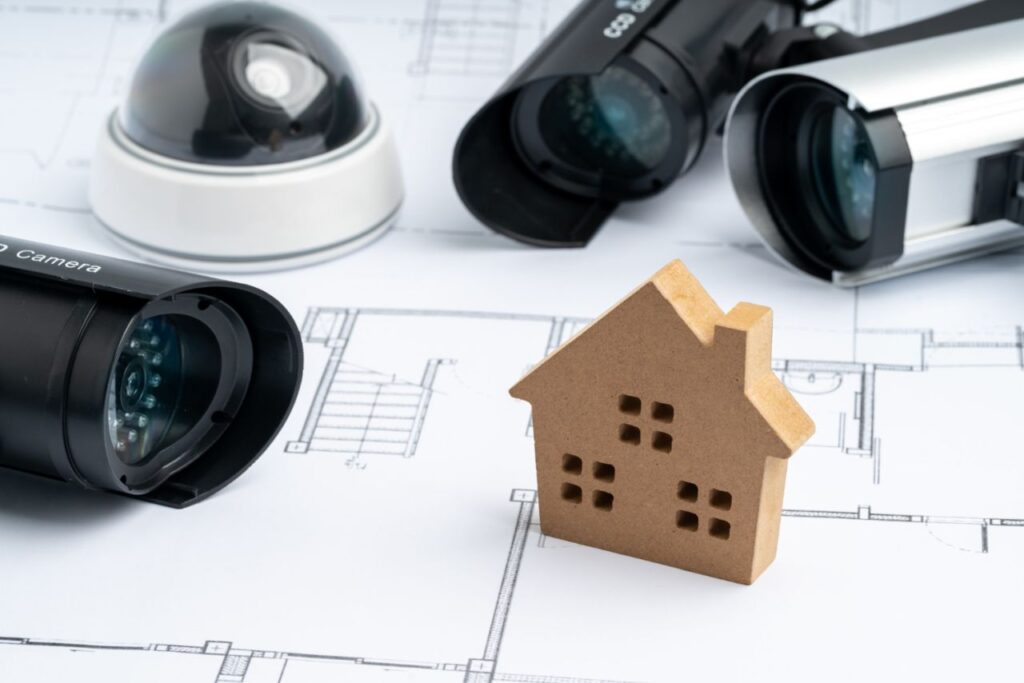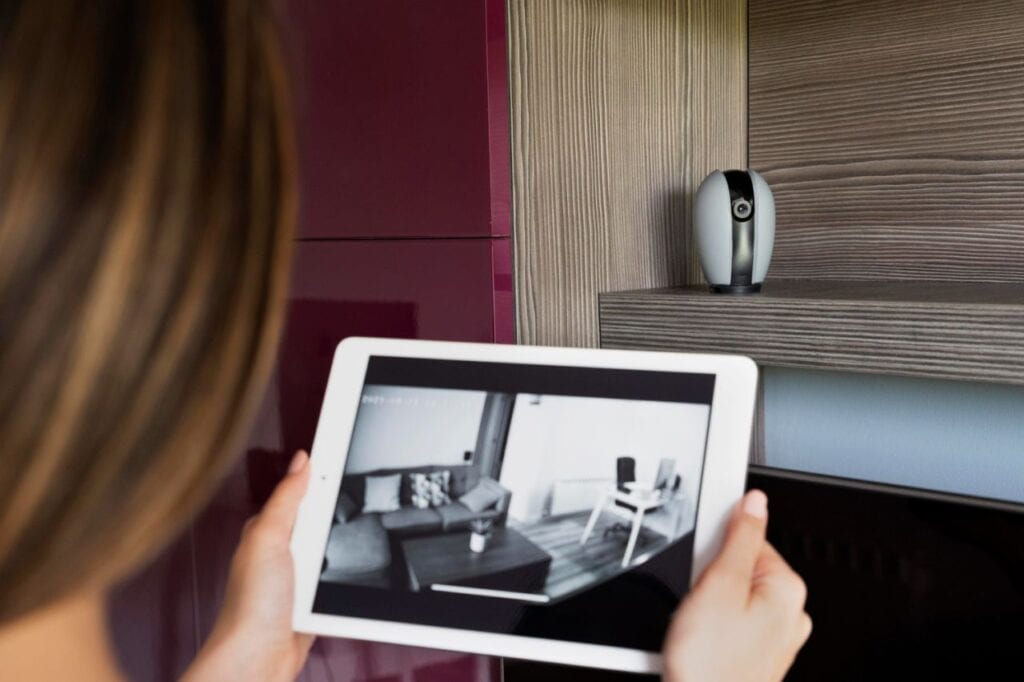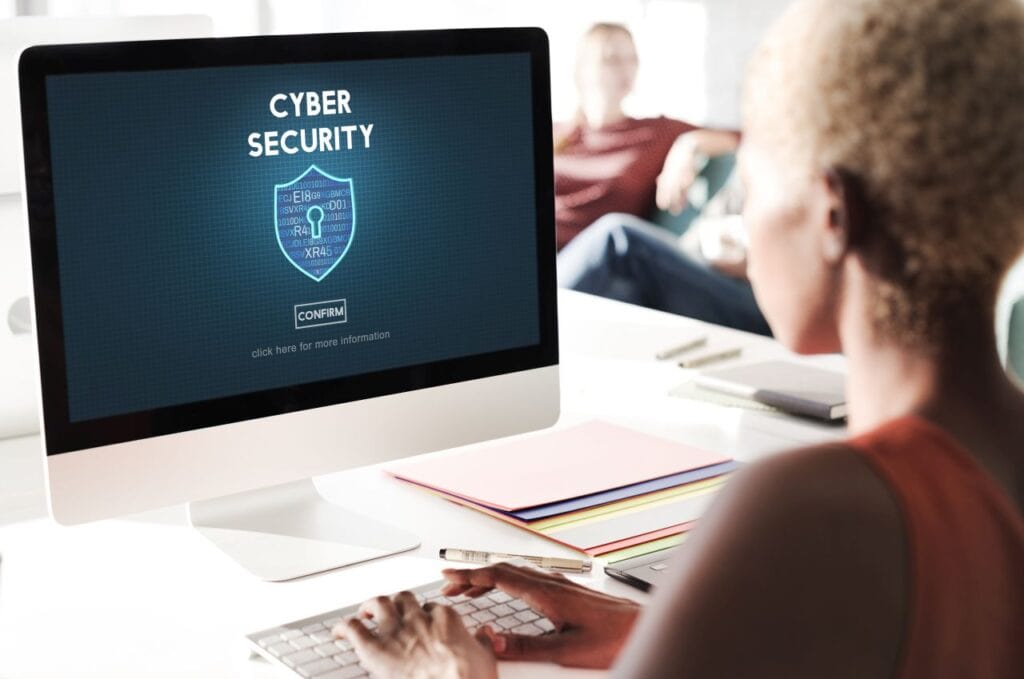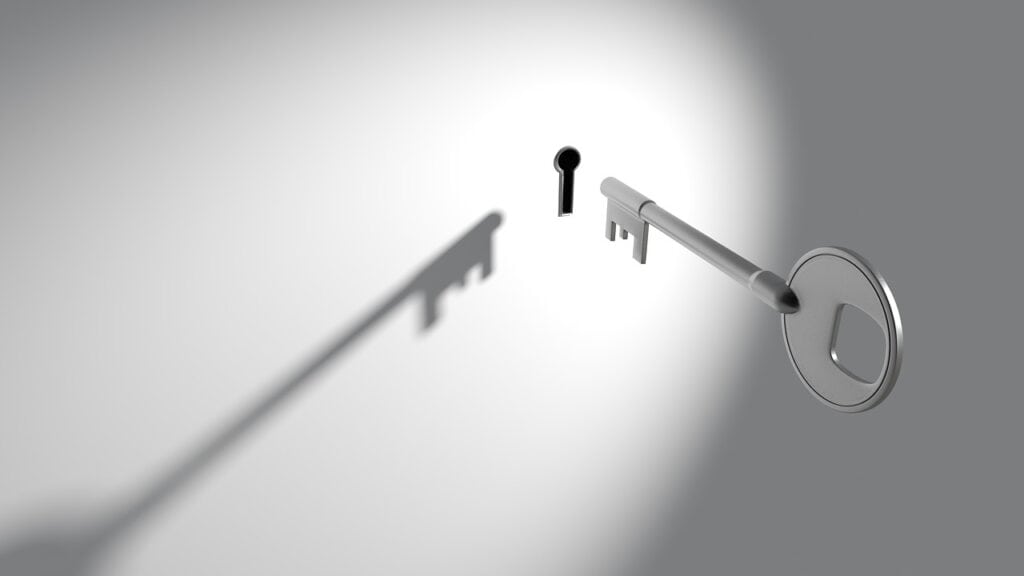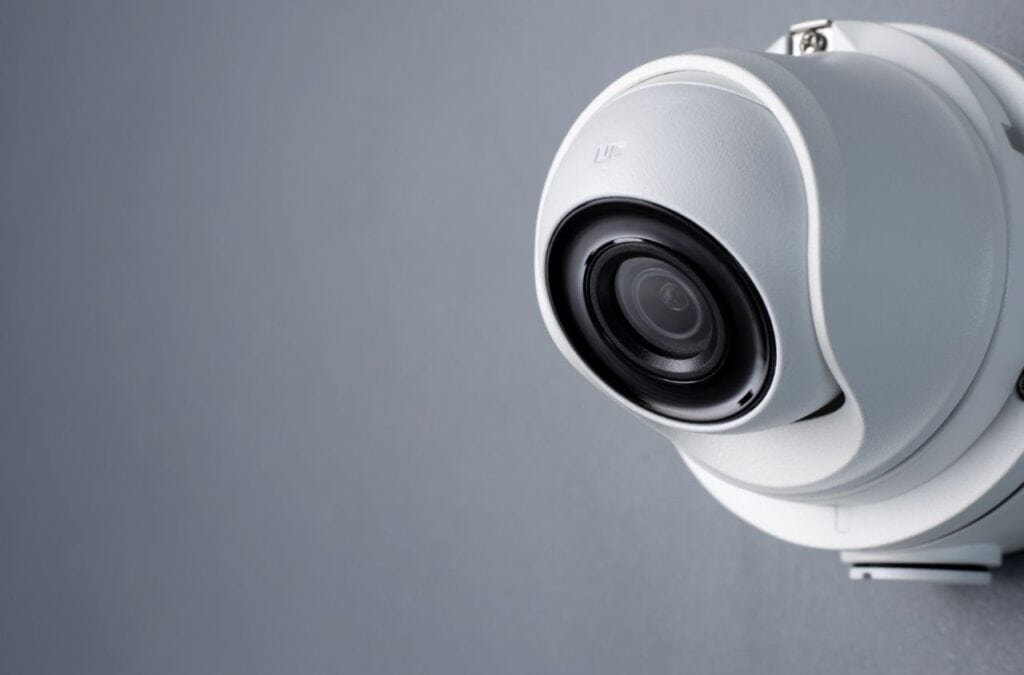As a homeowner, one of your primary concerns is likely the security of your home and possessions. The evolution of home security systems has made this a practical reality. Now more than ever, there is a plethora of options available, each with its own set of advantages. Now we need to figure out how to pick the best option. Keep reading to get the lowdown on home security systems so you can get the one that's right for you.
How Do High-Tech Security Devices Protect Homes And Businesses?
The installation of high-tech security equipment in private residences and commercial establishments is becoming increasingly common. Find out more about them and how they could enhance the safety of your home or place of business by reading this article.
It is now normal practice for homeowners and business owners to instal high-tech security systems. The current technological revolution has given companies across many different industries the chance to improve their wares in ways that were previously impossible. In particular, advancements in currently accessible goods have allowed for increased security for people's homes and places of work.
It is now much more difficult for criminals to execute their deeds without sending off alarms and drawing the attention of law authorities thanks to this new security technology. Yet, what is it, and how does it operate?
Keep Tabs On Who Enters And Exits Your Property.
In order to gain unauthorised entry, it will take more than just a simple hack to defeat today's generation of access control systems. Their use in building is universal, as they can be placed in either residential or commercial settings. Workplaces can benefit from access control systems in many ways, such as through the creation of thorough reports, the tracking of precise movement, the restriction of access to particular times of day, and the allowance of access at all other times. Our systems can even send you an email warning you if someone leaves a door open. Using these ingenious solutions will provide you piece of mind because you will know that everything is being logged and monitored effectively.
Just as you would restrict access to your car to certain persons, you should do the same with your home, allowing only close friends and family members inside. It's a great illustration of the power of high-tech security gadgets for family protection.
Unbreakable Cctv Systems
Criminals can no longer hide from CCTV systems due to improved camera technology. Pictures are clearer and cameras are more adaptable. Cameras can now be smaller, making them ideal for covert CCTV. In many circumstances, house and business owners want their cameras to dissuade. Thus, cameras have been made vandal-resistant.
Monitoring Stations That Monitor Your Property
Due to technology and system cost reduction, alarms are often implemented as part of a bigger security system. Alarms and other security measures work best together. For instance, detection systems have improved significantly in recent years and can now efficiently monitor the property's entrance points. Alarms can also be connected to a receiving centre that is staffed 24 hours a day, seven days a week and can notify the police without the intruders knowing.
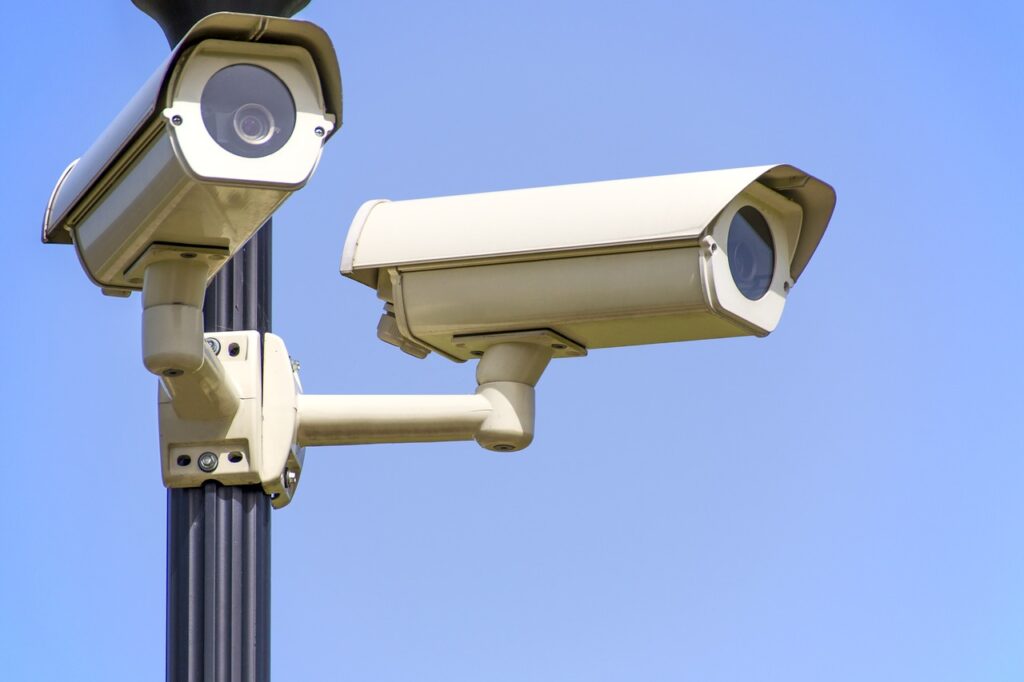
Security Innovation
Commercial and residential property owners have a wide range of high-tech security products due to rapid technological advancement. We can provide our clients a variety of goods that meet their demands since we understand the benefits of security technology.
Our wide range of security products includes anything from wired and wireless surveillance cameras to monitored alarms. For the sake of argument, let's say you're thinking of investing in state-of-the-art security measures for your home or business. In such case, we'll gladly assess your needs and give suggestions for how to best meet them, based on our experience. In the meantime, we'll be waiting for your call. Our number one priority is to help you in every manner possible.
Frequently Asked Questions
Security systems and monitoring discourage break-ins: 60% of convicted burglars say they will target another home if they discover a security system in the one they are trying to rob. So if your goal is reducing loss from burglary, it's easy to see that security systems make a difference.
An additional function can be added to either local or centralised alarm systems. For example, an auxiliary alarm system aims to notify local police or fire services when an alarm is triggered.
ADT Pulse Cameras are not capable of being hacked like these DVRs can. However, if something has hacked it, here's what you need to do: Update your firmware. To ensure you have the most up-to-date firmware, we recommend contacting ADT.
ADT is probably the most trusted name in home security, and with good reason. It's been around for 100 years, and it offers professional monitoring with multiple monitoring centres. That means someone is always watching your system, even when you're not.
But even with those updates, ADT probably isn't worth its steep price tag. Despite the system performing adequately, its poor user experience, clunky design and high prices make it one of the least enticing professional home security systems on the market.
Advanced Home Security System Needs
You've concluded that it's time to replace your antiquated security setup with something more up-to-date. Which begs the question, "What are we to do now?" What do you value most in a product's features? We say, "Let's find out!"
Signal Detectors
With a modern security system in place, you may feel safe letting your pets spend the day in the backyard without worrying about any burglars.
Connectors for Doors
They are stealthy yet incredibly efficient home security measures.
Sirens
This function will alert you immediately whenever there is an attempt to break into your home, regardless of where you are or what you are doing.
Glass-break sensors
This function allows you to go to specific floors or to an entire room. Listening for vibrations and the sound the glass produces as it breaks helps limit the number of false alarms.
Indicators of Temperature
The temperature sensors are designed to be programmed to convey specific temperatures, giving you plenty of notice to adjust your plans accordingly.
Remote Keys
So long as you have internet access, you can remotely arm and disarm the device, preventing it from going off when you get home with your arms full of shopping. These pursuits don't even necessitate a phone. The systems can send data over radio waves or the internet.
Axes, Swords, and Other Firearms
Smoke, CO2, gas, and heat detectors are standard on modern security systems. Considering that each system is built to order, it is possible to include or exclude certain components as needed. The following is a collection of fairly priced and high-quality CCTV in Melbourne that can help you make an informed purchase decision.
Excellent Developments In Home Safety Technology
Sensors That Can Detect Motion Intelligently
Despite the fact that motion sensors are already standard in most home security systems, especially those with integrated surveillance systems, numerous varieties of non-visual sensors are now available to consumers. Following is a list of them:
- Inventions in sound detecting technology
- Cutting-edge glass-break detectors
- Radars
- Sensor microphones
The home security industry is rapidly adopting radar technology for use in cutting-edge surveillance applications. While infrared technology has long been used by conventional motion sensors, radar motion sensors rely on electromagnetic technology to detect movement. Infrared technology is typically used in conventional motion detectors.
Sound Detection Technology That Uses Smart Technology
The most state-of-the-art forms of home security often combine audio and video sensors to build intelligent surveillance systems. Businesses are taking advantage of advances in home security equipment by incorporating microphones with state-of-the-art audio sensing capabilities, and the quality of CCTV cameras keeps becoming better.
Modern camera-microphone surveillance systems use cutting-edge algorithms to detect and categorise a wide variety of sounds, from glass breaking to gunshots, in order to keep an eye on a given area. When these high-tech audio detectors hear a predetermined sound pattern, they can either start capturing video or trigger an alarm to be sent to the monitoring centres. Intelligent audio sensors in surveillance systems can employ audio analytics to detect potentially dangerous situations and provide alerts to the proper authorities.
High-Tech Thermometers
Sensors that can detect body heat and motion send an alarm signal to a central monitoring station. One of the reasons they are termed "smart" body heat detectors is because you cannot trick them by walking slowly or covering your body. These high-tech body heat sensors can tell the difference between humans and other mammals, both big and little. The security they provide is adaptable to both indoor and outdoor settings. More than that, these sensors can take reliable body-temperature readings in all weather.
Integrating Mobile Technology In A More Advanced Manner
The use of mobile devices as part of home security systems has exploded in popularity over the past few years. The amount of high-tech tools at your disposal for keeping your house safe is expanding rapidly thanks to mobile connectivity. Controlling and monitoring your home security system remotely from afar, and via a mobile device, are features that have been accessible for some time. More and more home security providers are including features like alarm triggers and panic buttons in their systems to reassure customers and prevent false alarms.
Ultra-Sharp Video
Homeowners are interested in installing higher-resolution CCTV cameras because of the perceived safety benefits of doing so. High-resolution home surveillance cameras produce more detailed and sharper video than their lower-resolution counterparts.
Since digital cameras have entered the market for home monitoring systems, CCTV camera resolution has increased from 480p to 720p and 1080p. It's also worth noting that several premium CCTV cameras are now capable of recording in 4k Ultra HD. When these Ultra HD cameras are used in tandem with audio-video analytics, higher storage capacity, and remote monitoring, the efficiency of the surveillance is greatly increased.
Infrared Light Emitting Diode With Lots Of Power
Even though most security cameras feature night vision, the quality of the footage is still subpar. This makes it harder to catch thieves because they can't be easily identified. To combat this, infrared LEDs provide excellent footage at night for security cameras.
In addition to this, the intelligent security cameras will also send snapshots to your mobile device when motion is detected. Do you have plans to install a security system in your property? You will be able to find Melbourne home security that is both of a high quality and within your price range at Defend Security Group.
Data Prediction Through Machine Learning
Because of the development of machine learning and predictive analytics, home security systems are undergoing a dramatic change in their methods of functioning. Home security providers are increasingly using machine learning techniques to bolster the robustness and efficiency of their wares. The following are some instances of machine learning-based smart home security features:
- Conduct-based prediction
- Avoiding false alarms
- The art of making accurate predictions about the future
- Close Observation of a Suspect
Accelerating developments in areas like machine learning and predictive analytics are making home security systems more precise than ever before.
Keyless Locks
Having to hide keys all over the house is a thing of the past if you instal smart locks that can talk to each other over Bluetooth or Wi-Fi. In addition, you can use a handy app on your phone to double-check the locks whenever you like. 76% of smart home gadgets allow for mobile device control. It is possible to avoid getting out of bed on a chilly winter morning by telling Google Assistant to lock all of the doors in your house if they are equipped with smart locks. The door can be unlocked from a distance, or you can provide a visitor with a temporary password in case they arrive when you're not home.
Home Safety Through The Years
Locksmiths now offer keyless entrances in addition to the conventional control panels and deadbolt locks that were formerly the standard for home security. Numerous homeowners now include state-of-the-art home security systems on their holiday wish lists because of how cool and useful they are.
Even while we are not quite living in the Jetson era just yet, the technology underlying today's smart houses, such as remote access to security cameras, would likely astound our forefathers. There has been an astonishing amount of technological progress in the realm of security provision. Technology has advanced and improved in countless ways over the years; this is especially true of cameras, but also applies to other areas, such as with these biometric smart safes from Verifi.
While recent technology developments have certainly contributed to the development of modern security systems, the foundation for what would eventually become sophisticated security systems was really set decades, if not centuries, before. For this reason, it's important to look back at how home security evolved to its current state.
The Earliest Examples Of Home Safety Systems
As expected, criminal activity grew after the end of World War I. In response to this, Australians have sought out novel methods of protecting themselves and their property. Furthermore, many insurance providers have begun offering premium reductions to customers who subscribe to alarm systems. These occurrences are likely responsible for the subsequent uptick in interest among consumers in alarm systems.
Door shakers were a service that homeowners may have paid for about this time. A team of night watchmen would visit the residences of paying customers and shake the doors to make sure they were locked before retiring for the evening. An alarm system using electromagnetic contacts mounted on doors and windows and wired to a battery and a bell may have been set up by more seasoned users. A central station oversaw these systems and sent security officers to the scene of an alarm when necessary.
Many people these days have gotten rid of their old-fashioned indoor shakers in favour of more modern, automated equipment. Users may now use a web-enabled device to check on the security of their homes from afar, allowing them to ensure that all windows and doors are closed and the alarm is set. Then, they can lock the doors, turn on the alarm, and set the thermostat with the touch of a button.

The Development Of Video Surveillance Systems
People didn't start to find the concept of ubiquitous video surveillance odd until George Orwell's "1984" came out in 1949. Despite the fact that video surveillance technology wasn't developed until the 1940s, its application as a preventative measure in private residences didn't become widespread until the 1970s.
One of the first prototypes of a modern video home security system consisted of a huge motorised camera that moved along a track to peer through the front door's four peepholes. A stationary TV screen doubled as the camera's control panel and displayed blurry footage of the guests captured by the camera. The home owner can move the camera from afar using this control panel. The panel, which was located in a different room than the camera, included safety features like an intercom for talking with visitors, a door lock switch, and an alert button that could activate the alarm at the central station that monitors the home. These components were all housed in the same housing as the camera.
These days, you can get a surveillance camera that's only an inch squared, link it to the internet, and it'll be able to record and stream high-definition footage online, which you can then see from anywhere in the world. Homeowners with connected smart homes can also set their security systems to broadcast a live video footage of the area if motion is detected and the alarm is triggered when no one is present. Some pricier alarm systems have this capability.
If you're looking for a home security system, doing some research on "best home security by GadgetReview" will help you narrow down your options. If you conduct this kind of analysis, you can find out which devices on the market are the most reliable in terms of protecting your home or business from unauthorised access.
The Debate Over Fire Alarms Heats Up
Improvements in both security and fire alarm systems occurred simultaneously. Canadian researchers, for instance, published a study on smoke and heat detectors' potential to save lives back in 1962.
Researchers looked into 342 cases of residential fire deaths in Ontario between 1956 and 1960 and found that smoke and heat detectors could have prevented 8 and 41 percent of those deaths, respectively. The province of Ontario was the site of the study.
Results like this helped shape regulations and guidelines for making sure smoke alarms are present in every home, both new and old. Due to this, the number of fire-related deaths in the United States dropped by half between 1975 and 1998, partly as a result of the widespread installation of smoke detectors during that time period. If you want a top-notch video alarm system for your home or company that won't break the bank, you've found the correct place. Check out what you've set up for your Defend Security Group.
These days, smoke detectors typically incorporate many sensors (such as photoelectric and ionisation) and are networked so that homeowners can be alerted to a fire even if it is located in another part of the house. Furthermore, there is current technology that allows the smoke alarm to be linked to the web. Homeowners can now check the health of their fire alarm and its batteries from anywhere with an internet-connected gadget, silence a false alert with the wave of a hand, and be directed to the exact location of a fire by a human voice.
Improvements to home security systems have come on in leaps and bounds over the past century, and new innovations are being invented every day. What we have today is simply the tip of the iceberg compared to what we shall have in a hundred years.
Conclusion
High-tech security systems are increasingly being installed in homes and commercial buildings alike. Nowadays, more than ever, you can pick from a wide variety of options, each with its own set of benefits. Read this article to learn more about them and how they can improve the security of your home or business. Because of advancements in camera technology, it is now impossible to evade surveillance by CCTV systems. Most alarm systems are installed as part of a larger safety infrastructure.
You can be anywhere and at any time and still be immediately notified of any attempted break-in by the sirens in your home. Modern home security systems often combine audio and video sensors to create smart surveillance systems. Newfangled algorithms are used in today's camera-microphone surveillance systems, allowing for the accurate detection and classification of a wide range of sounds. Here is a selection of reliable CCTV in Melbourne to consider before making a purchase. Sensors that pick up on human warmth and movement signal an alarm system control room.
Compared to lower-resolution models, high-resolution home surveillance cameras deliver noticeably clearer and more detailed footage. Because infrared LEDs are invisible to the naked eye, they produce high-quality footage at night. The use of machine learning methods is on the rise in the home security industry, where it is expected to improve the reliability and efficacy of products. Connected keyless locks can share information via wireless technologies like Bluetooth and Wi-Fi. Rather than getting out of bed, you can simply ask Google Assistant to lock every door in the house.
As a result, many insurance companies now provide discounts to policyholders who have installed alarm systems. Accessing one's home security system remotely is now possible via any internet-connected device. With the push of a button, they can secure the premises, activate the security system, and customise the temperature. If a motion detector triggers an alarm and no one is home, modern security systems can stream live video of the area. GadgetReview.com ranks the best home security systems to help you make a decision.
From 1975 to 1998, the number of Americans killed in fires fell by half. The widespread use of smoke alarms at the time may have contributed to this. To ensure that homeowners are notified of a fire regardless of where it is located, modern smoke detectors typically include multiple sensors and operate via a network.
Content Summary
- As a homeowner, protecting your property is probably high on your list of priorities. Learn everything you need to know about home security systems right here so you can choose the best option for your household.
- It is now common practise for homeowners and business owners to instal high-tech security systems. Read this article to learn more about them and how they can improve the security of your home or business.
- These days, installing a high-tech security system at your home or business is standard procedure. Today's access control systems are highly sophisticated, and it will take more than a simple hack to gain unauthorised entry.
- Access control systems have many uses in the workplace, including the generation of detailed reports, the monitoring of precise movement, the regulation of access to certain times of day and the allowance of access at all other times, and the elimination of unauthorised entry.
- Due to advancements in camera technology, criminals can no longer avoid being caught by CCTV systems. Alarms are increasingly being installed as part of an overarching security system as a result of technological advancements and declining system costs.
- Combining alarms with other precautions is the safest bet. Due to rapid technological advancement, property owners of both commercial and residential properties now have access to a wide variety of cutting-edge security products.
- From monitored alarms to wired and wireless surveillance cameras, we have it all. Say, for the sake of argument, you're considering spending money on cutting-edge security systems for your residence or place of business.
- Standard motion detectors typically employ infrared technology. Modern home security systems often combine audio and video sensors to create smart surveillance systems.
- Incorporating microphones with cutting-edge audio sensing capabilities is a popular trend in commercial buildings, and the quality of CCTV cameras keeps improving, both of which businesses are taking advantage of.
- Sensors that pick up on human warmth and movement signal an alarm system control room. Advanced thermal imaging technology can distinguish between large and small mammals, including humans.
- A home security system's remote control and monitoring capabilities have been available for some time now, and they can even be accessed from a mobile device.
- Compared to lower-resolution models, high-resolution home surveillance cameras deliver noticeably clearer and more detailed footage. As a countermeasure, security cameras equipped with infrared LEDs can capture clear images even when the lights are out.
- In addition, when motion is detected, the smart security cameras will send you a photo to your phone. The advent of machine learning and predictive analytics has led to a sea change in how home security systems operate.
- The use of machine learning methods is on the rise in the home security industry, where it is expected to improve the reliability and efficacy of products.
- In spite of the fact that we are not yet living in the Jetson era, the technology behind today's smart houses, such as remote access to security cameras, would likely astound our forefathers.
- Innovations in security technology have advanced at a staggering rate.
- While advances in technology in recent decades have helped pave the way for more sophisticated security systems, the groundwork for these systems was laid decades, if not centuries, ago.
- So, let's take a look back at the history of home security and see how we got to where we are today. Following the end of World War I, criminal activity increased. Australians have responded by looking for new ways to safeguard themselves and their possessions.
- In addition, a growing number of insurance companies now provide policyholders with discounts on their premiums if they subscribe to a monitored alarm system. It is likely that these events are what sparked the subsequent interest in alarm systems among consumers.
- Expert users may have installed a magnetic contact alarm system that is attached to the doors and windows, and then connected to a battery and a bell.
- There has been a shift away from manual indoor shakers in favour of automated machines.
- It is now possible for users to use a web-enabled device to check the security of their homes from afar, allowing them to double-check that all doors and windows are locked and the alarm is activated.
- With a single push of a button, they'll be able to secure the building, arm the security system, and adjust the temperature.
- Even though video surveillance technology didn't appear until the 1940s, it wasn't until the 1970s that it was widely used as a deterrent in private homes.
- An early version of what would become a commonplace video home security system involved a large motorised camera that slid along a track to peer through each of the four peepholes in the front door.
- Separate from the camera, the panel featured an intercom for communicating with guests, a door lock switch, and an alert button that could trigger the alarm at the central station that monitors the home.
- You can now purchase a surveillance camera the size of a square inch, connect it to the internet, and view the recorded high-definition video from any location in the world.
- If the alarm is set off by motion when no one is home, the owners of smart homes with internet access can choose to broadcast live video of the area.
- Researching "best home security by GadgetReview" can help you narrow down your options if you're in the market for a home security system.
- For instance, in 1962, researchers from Canada published a study on the life-saving potential of smoke and heat detectors.
- Between 1956 and 1960, 342 people lost their lives in residential fires in Ontario. Of these, 8 could have been saved by installing smoke detectors and 41 could have been saved by installing heat detectors.
- As a result, between 1975 and 1998, smoke detectors contributed to a halving of fire-related deaths in the United States.
- In order to alert homeowners to a fire even if it is in a different part of the house, modern smoke detectors typically include a number of sensors (including photoelectric and ionisation) and are networked.
- On top of that, modern technology permits the smoke alarm to be connected online.
- With an internet-connected device, homeowners can now check the status of their home's fire alarm and batteries from anywhere, silence a false alarm with the wave of a hand, and have a human voice direct them to the exact location of a fire.
- Over the past century, home security systems have seen tremendous advancements, and new developments are being made on this front on an almost daily basis.


